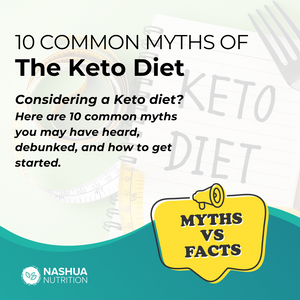Are School Lunches Healthy?
While at first glance school lunches seem to be a healthy option that provides children with a hot lunch for a low cost, in reality they may not be as ideal as you may think. The use of poor ingredients, cheap alternatives, and schools cutting their budgets has led to lunches that may be doing more harm than good.
Schools are mandated to provide certain types of foods in their lunch programs, such as fruits, and vegetables. In many cases, starches such as corn and potatoes are used to fill these requirements. To make matters worse nearly forty two percent of schools investigated did not provide any type of fresh fruit or vegetables. Of the schools that did offer some type of option that was not a starch, the quality of the food was so low, it would not pass inspection by large food corporations.
On top of poor quality foods, school lunches average thirty eight percent of their calories from fat, with fifteen percent coming in the form of saturated fat. While some schools are taking steps to reduce fat contents, most still contain levels that are considered to be far too high to be healthy.
Finally, school lunch programs tend to be very high in sodium, with the average lunch coming in at nearly sixteen hundred milligrams. U.S. dietary guidelines recommend no more than twenty three hundred milligrams of sodium daily, so this amount is more than half of that recommendation with just one serving. The USDA is seeking to mandate that school lunches contain no more than six hundred and forty milligrams for elementary schools, seven hundred and ten for middle schools, and seven hundred and forty for high schools.
The post Are School Lunches Healthy? appeared first on Nashua Nutrition Blog.
- Tags: Uncategorized
- B.Poole









